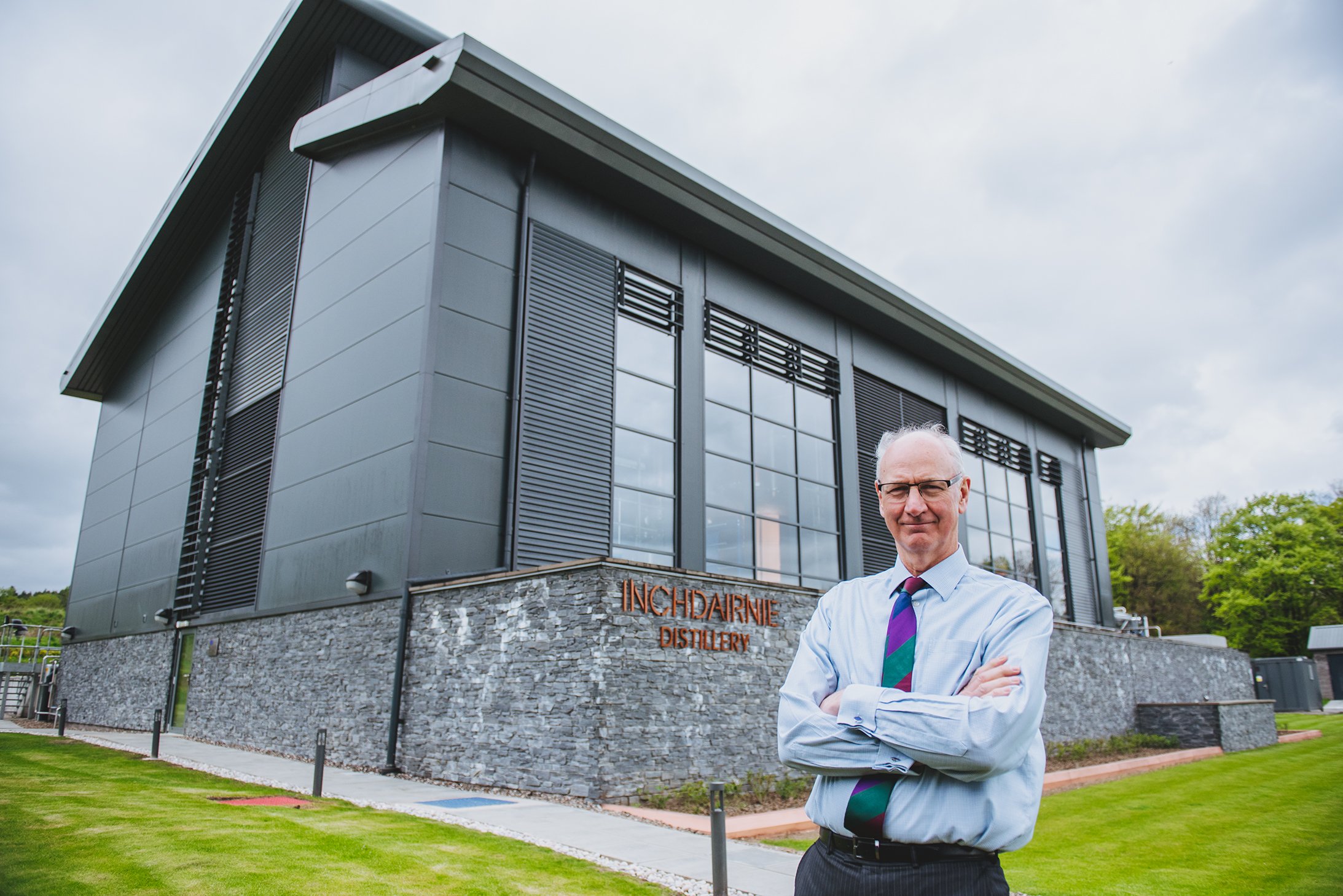Scotch Whisky Pot Still

Although the oldest Highlanders no longer remember it, pot still whisky was once a popular type of whisky produced quite widely in Scotland. In Ireland, it has served as a kind of trick to "trickle down" to the state tax apparatus. Although pot still whisky in Scotland has been overwhelmed by blended whisky and, in recent decades, by single malt whisky, it is a genre worthy of all recognition and appreciation.
What is pot still whisk(e)y? "Pot still" itself is the English term for an alembic - a copper vessel for batch distillation, essential in the production of the single malt whisky so popular today. Thus, pot still whisky (regardless of the spelling of the word whisky itself) is a liquor distilled in alembics, but it differs from single malt whisky in that here not only malted barley is used to make the mash, but also other cereals, not necessarily malted. This is also roughly how the recipe for Irish pot still whiskey is still used today, and it became widespread after legislation was enacted to tax the barley malt used in whiskey production. In response to such regulations, Irish distillers began adding unmalted cereals to barley malt, and the extremely active enzymes in the malt have already done the rest. In Scotland, there was no need for this kind of treatment, so Scotch pot still whisky also went into oblivion.
Meanwhile, as the well-known saying goes, nothing dies in nature. Known for its innovative approach to whisky production and experimentation in the field, distillery InchDairnie has just announced a return to a long-forgotten method of whisky production. Lo and behold, the team, led by distillery founder Ian Palmer (pictured) and manager Scott Sneddon, has taken the very Irish patent and made some modifications, making it a one-of-a-kind beverage. The first Scotch whisky of its kind in this century.
To make the first batch Pot Still Whisky, which is eventually to become part of the experimental series PrinLaws Collection, canadian barley malt (60%), unmalted barley (35%) and malted rye (5%) were used. The latter two backfill ingredients are sourced from locally grown Balgonie Estates, located a few miles from the distillery, in Scotland's historic county of Fife, near the village of Glenrothes. This mash was used to make a mash, this one fermented and then distilled in InchDairnie alembics. It's worth noting here that, unlike Ireland's triple-distilled Pot Still Whiskey, the beverage from InchDairnie underwent the typical double distillation of Scotland's. The distillate thus prepared went into first-fill bourbon barrels and into storage for maturation.
Series PrinLaws Collection was created with the idea that individual liquors would only be bottled when their makers felt the time was right, that they had spent long enough maturing in oak barrels. There is no stipulated number of years of aging, so there is no telling when we will come to enjoy the result of this work. Previously, a distillate based partly on oat grains was made, there was wheat whisky, and sour mash whisky was also made. InchDairnie also experimented with Scotch rye whisky.
Note that any experiments where Scotch whisky is made with cereals other than barley malt must legally be referred to as "single grain whisky," regardless of the method of distillation and the use of classic alembics in the process. Given the immense popularity of single malt whisky, as well as the less than stellar reputation that the single grain Scotch category enjoys among consumers, it is hardly surprising that Scottish distillers are in no hurry to experiment of this kind. And all the more respect is due to those who nevertheless go for it. It seems that InchDairnie is in the vanguard here.
Founded in 2015, riding the wave of Scotch whisky's immense popularity, the InchDairnie distillery is something of an exception among the multitude of new distilleries springing up like mushrooms. Located in the historic county of Fife, the plant stands out for its size (potential of 2 million liters of pure alcohol per year), but also for its equipment. Instead of a traditional grinder and mash vat for preparing the mash, the plant was equipped with a hammer mill and mash filter. They avoid trouble when using grains other than barley malt in the backfill. This is especially important when experimenting with rye whiskey, due to the significant viscosity of rye mash and the risk of clogging the perforations of a traditional mash vat. Similar equipment is also in operation at the Teaninich distillery.
Ultimately, InchDairnie is to bottle primarily InchDairnie single malt whisky, made in accordance with the rules for this type of whisky. In addition, the distillery's core portfolio will include RyeLaw rye whisky, KinGlassie peat whisky and experimental editions produced in limited quantities as part of the PrinLaws Collection series. The whole thing is overseen by distillery manager Scott Sneddon, who for InchDairnie left his job at the corporation's Glenkinchie, until recently one of the few Lowlands-based Scotch whisky makers.
[24.08.2023 / Photo: InchDairnie]